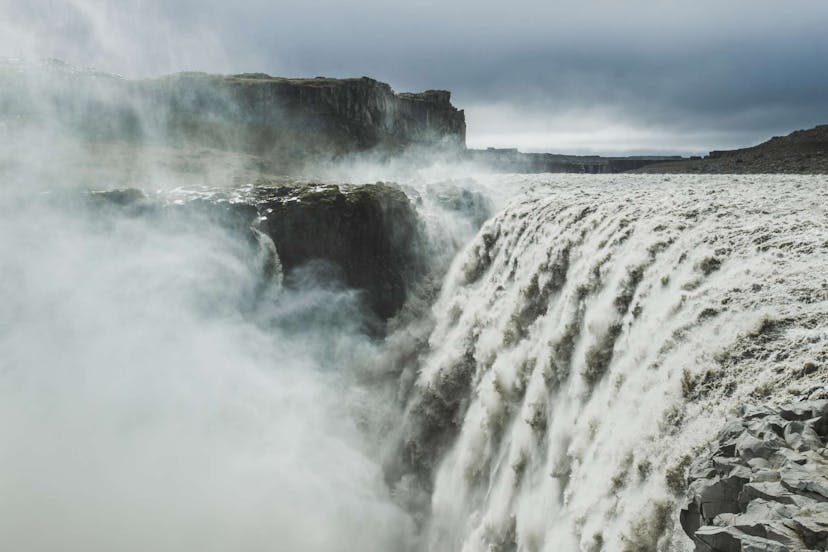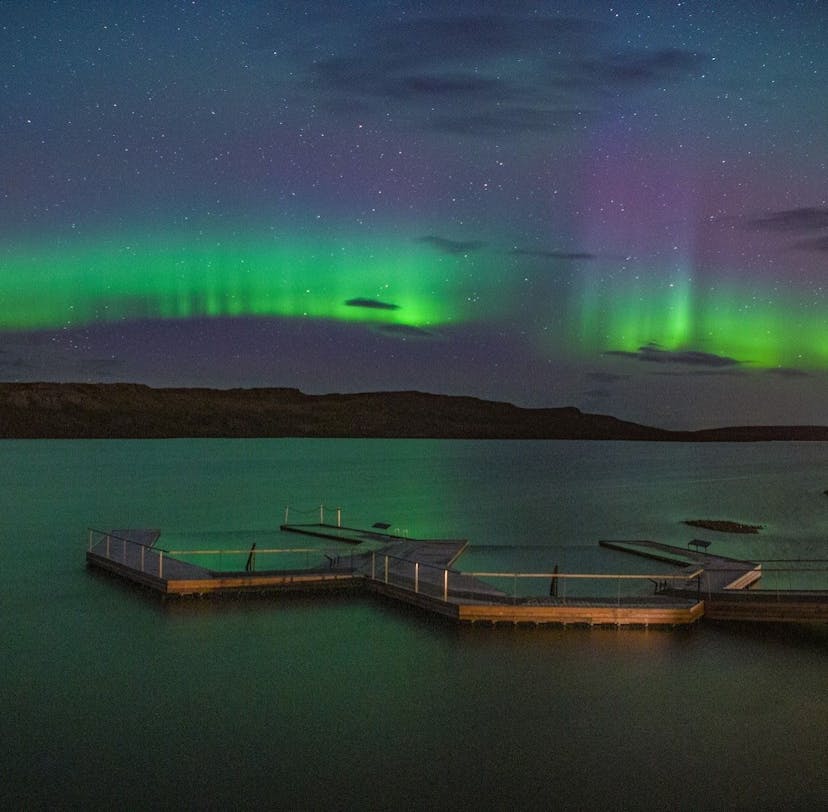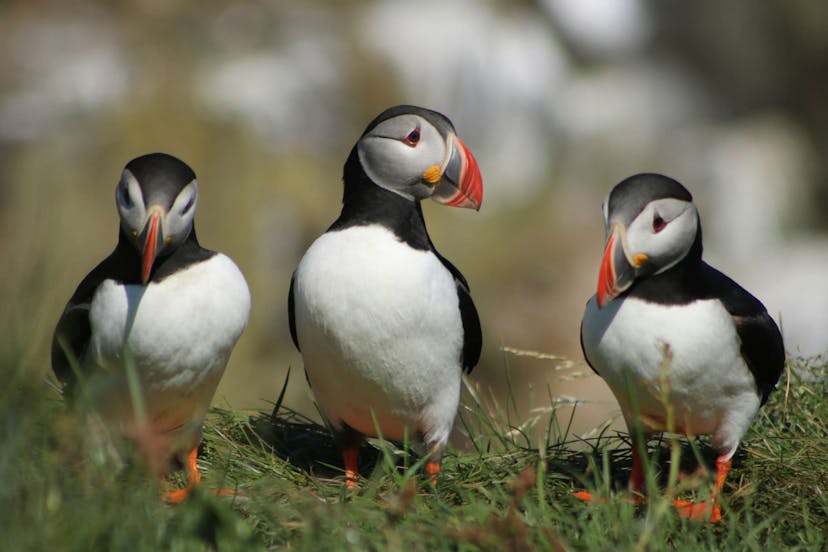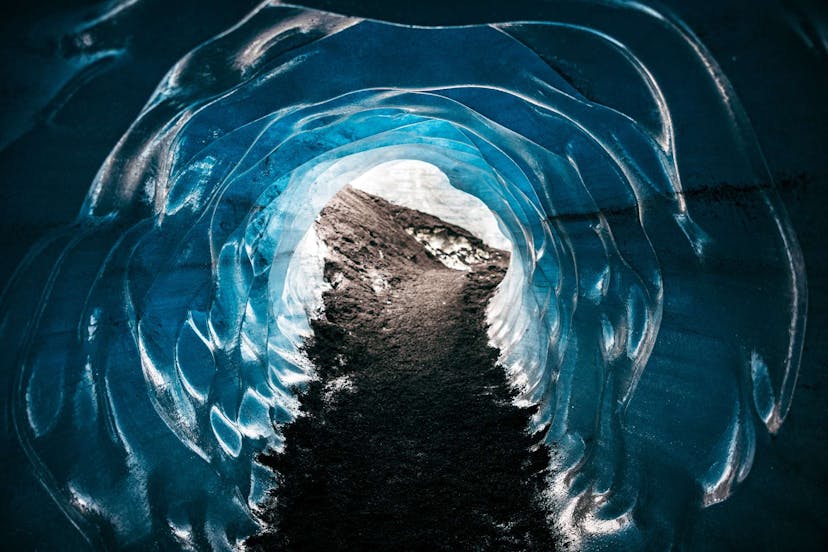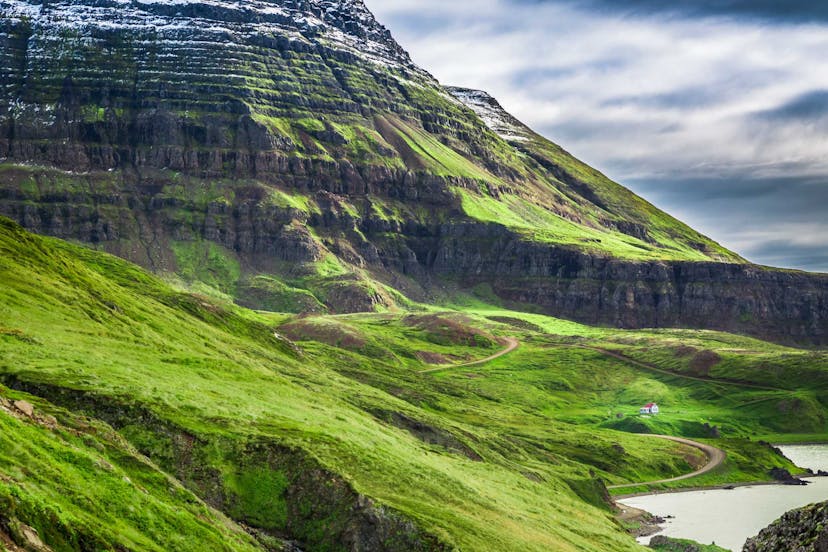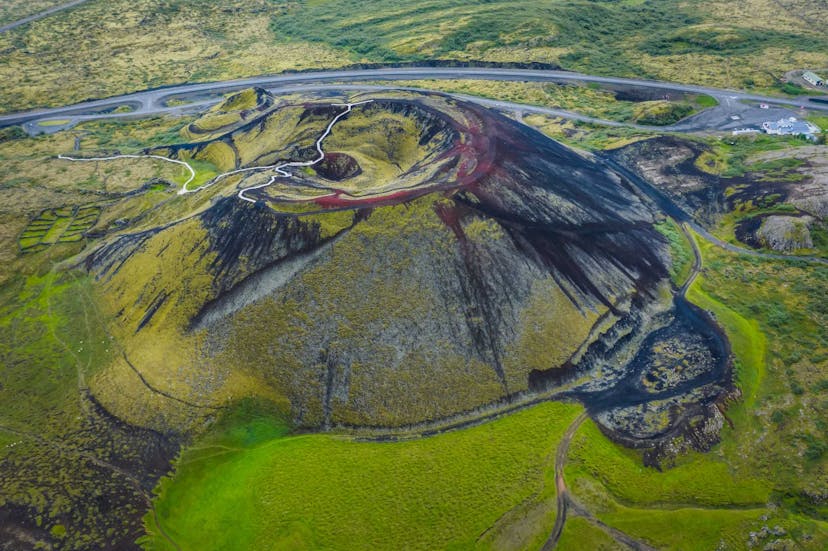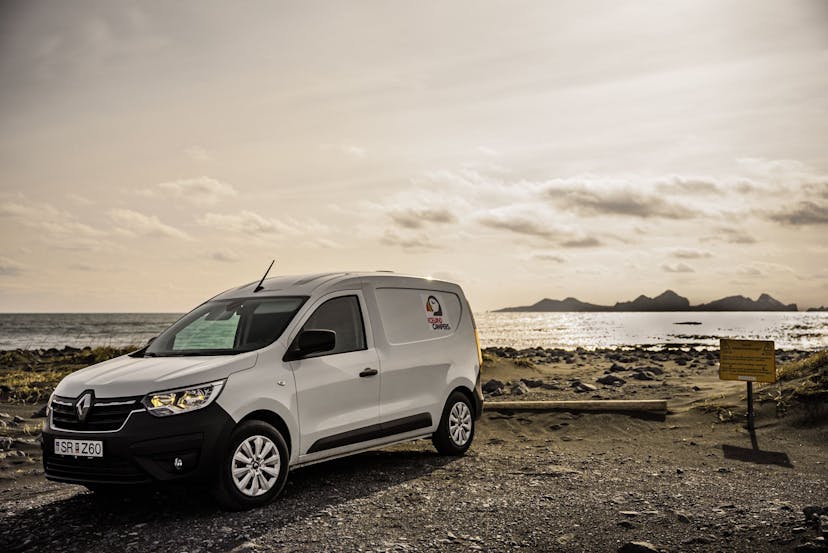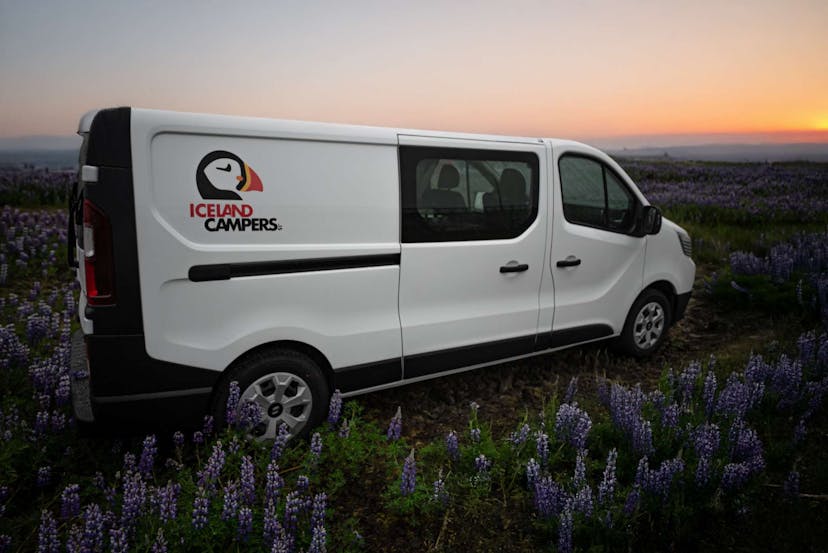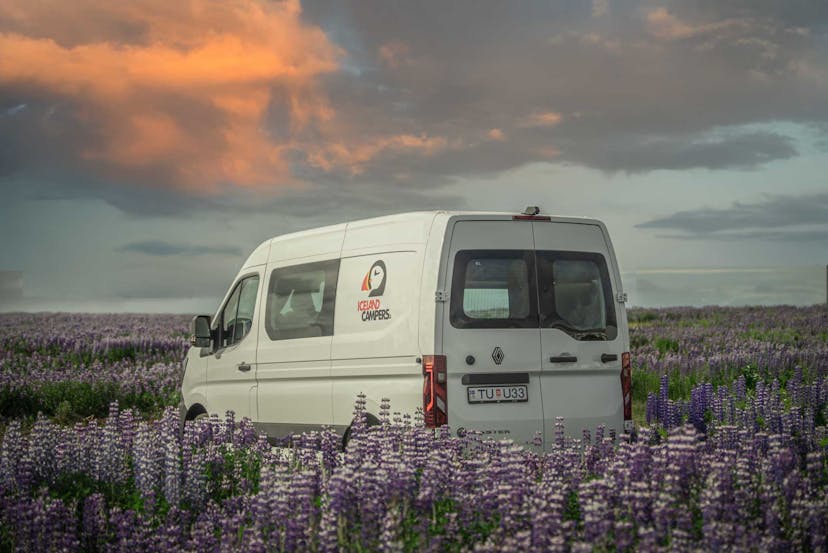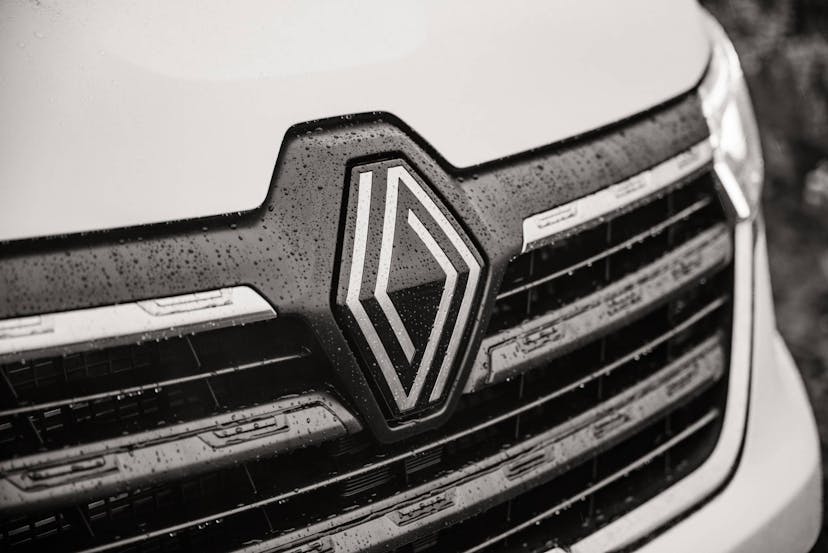What Is the Best Way to See Iceland?
Iceland’s magnetism lies in the way glaciers, geysers, and black-sand shores fit inside one compact landmass. Self-navigation—whether by campervan, 4×4, or car—gives you the freedom to pivot with the weather, linger at hidden pools, and pull over whenever the northern lights ignite the sky. No tour clock can match that flexibility.
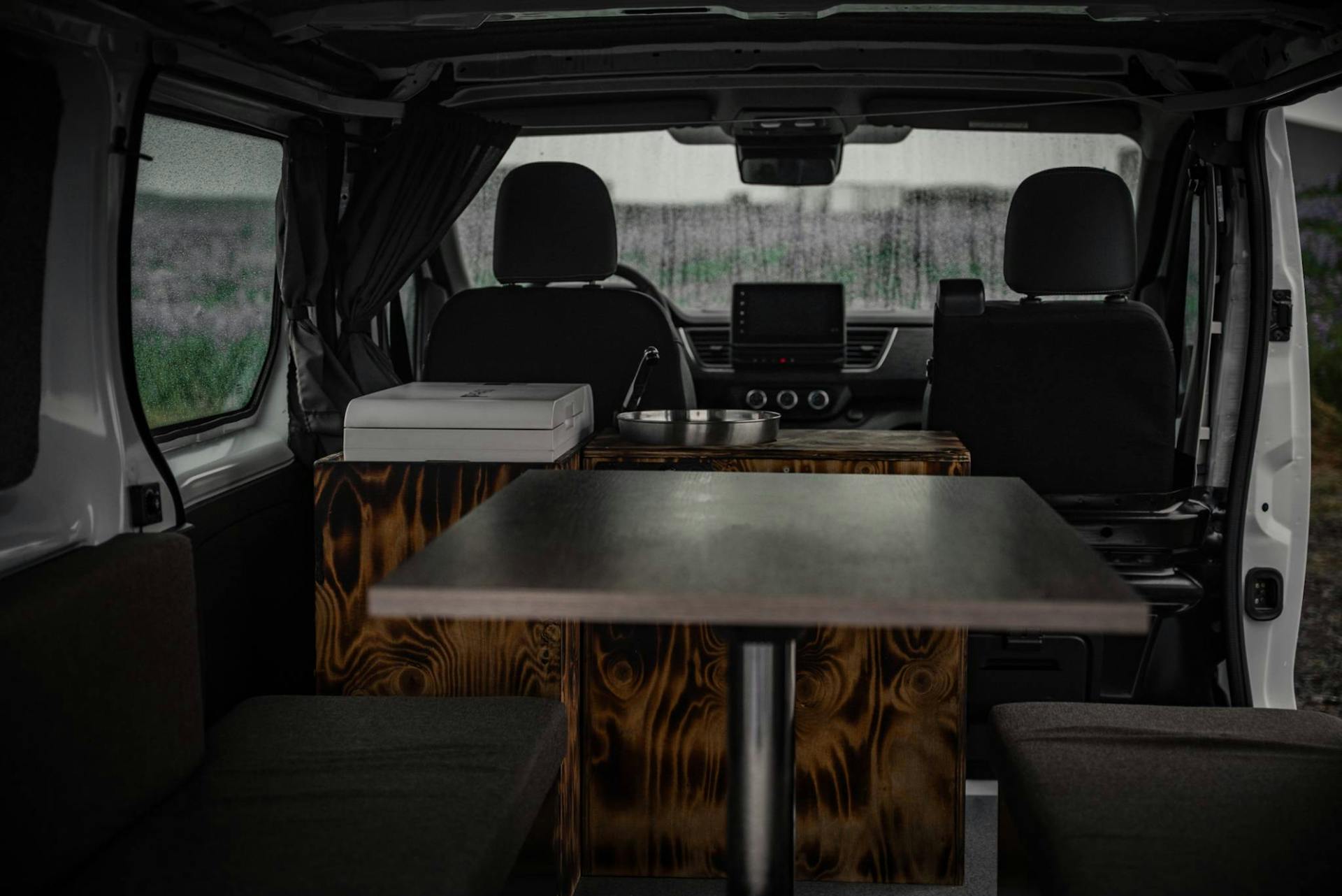
Why a Self-Drive Trip Reigns Supreme
Slide behind the wheel and this remote island becomes your personal open-air museum. Fuel carries you from steaming hot springs across mossy lava fields to puffin-lined cliffs—all in a single morning. Its dramatic landscapes unfurl by the kilometre, rewarding curiosity at every bend.

First-Timer Iceland Travel Tips
Pack warm layers, download offline Google Maps, check local weather forecasts, and remember the Icelandic saying: there is no bad weather, only bad clothing. Slow down for sheep, mind single-lane bridges, and fill the tank whenever you pass an open pump.
Arriving Early at Keflavík
Touch down, clear customs, grab groceries, and you can be on the Ring Road within a few hours. Arriving early ensures daylight for your first waterfall stop.
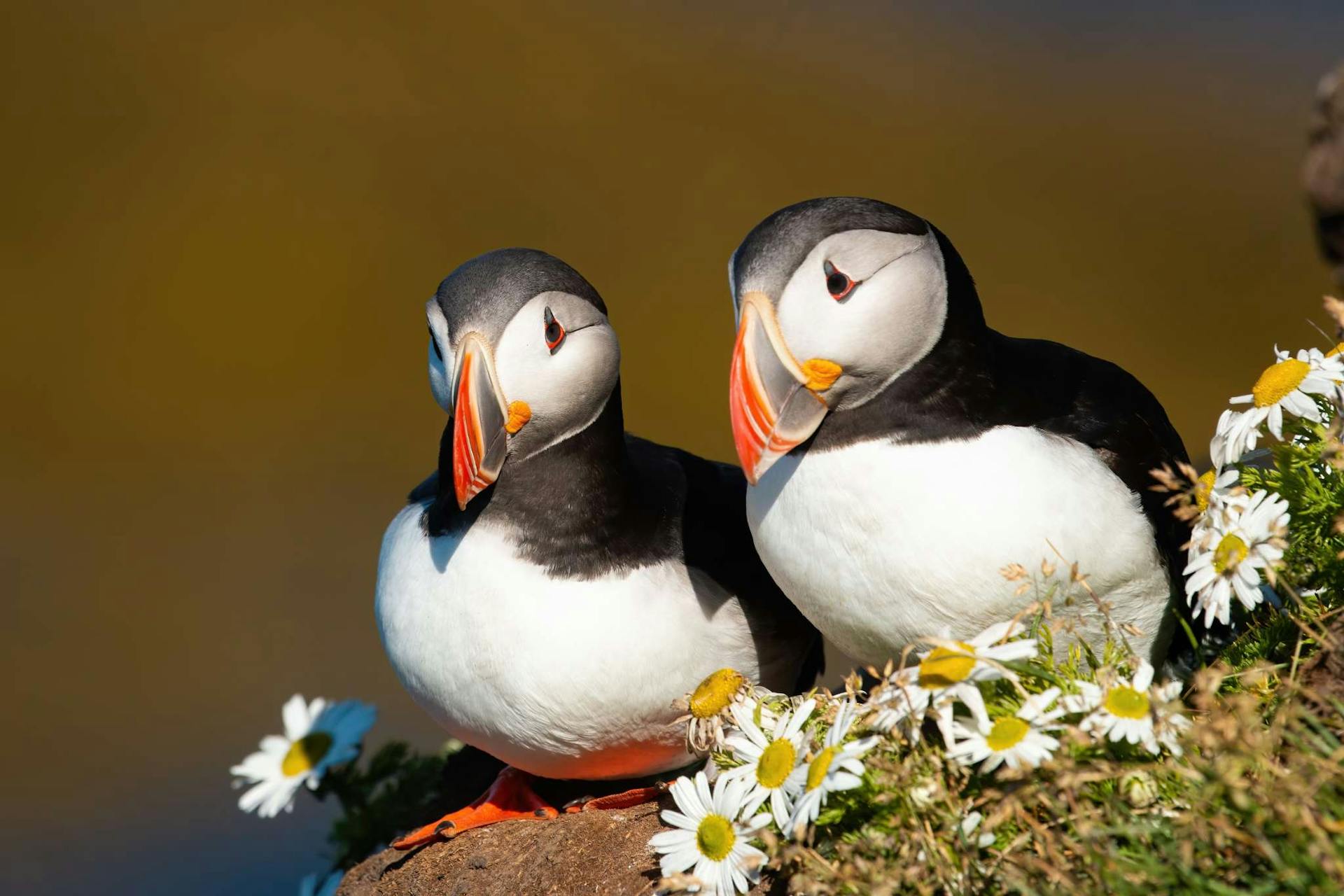
The Capital City in One Night
Reykjavík—the quirky capital city—deserves at least one night. Stroll Harpa’s glass façade, sample pylsur at the famous hot dog stand, and toast your adventure with local craft beer.
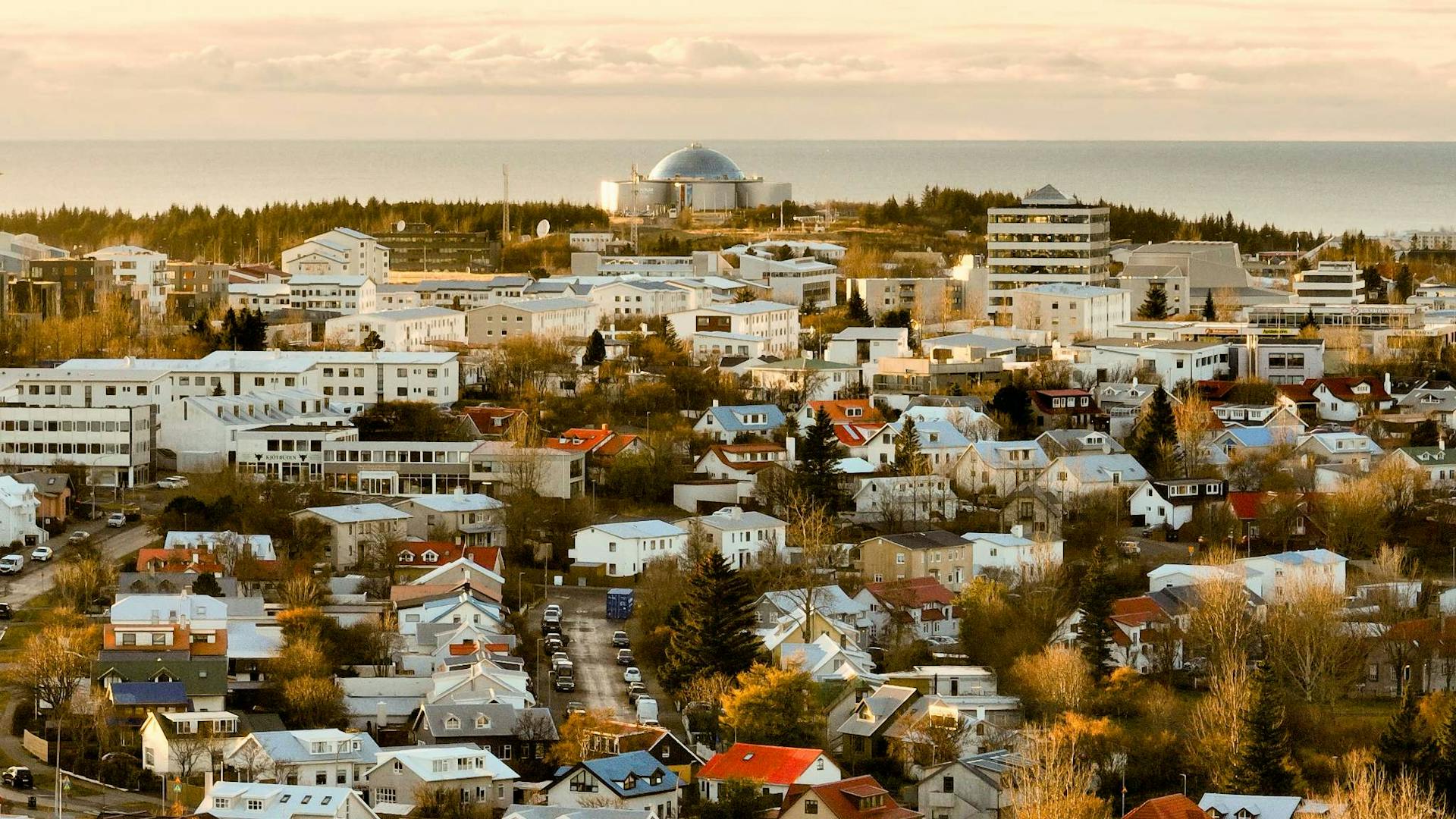
Best Time to Visit Iceland, Season by Season
Timing shapes every iceland trip.
- Mid April to May: rising daylight, lower prices, dazzling spring snow.
- Summer months (June–August): near-endless sun, blooming lupines, and generally mild weather.
- September–October: aurora season begins, crowds thin.
- November–March: prime for ice caves and peak northern lights.
Knowing the best time to visit lets you match goals to daylight, road conditions, and tour availability.
Summer Months and Midnight Sun
During the midnight sun the sky glows pastel around the clock; photographers enjoy golden light at 2 a.m. Rivers, trails, and interior tracks thaw, unlocking highland wonders.
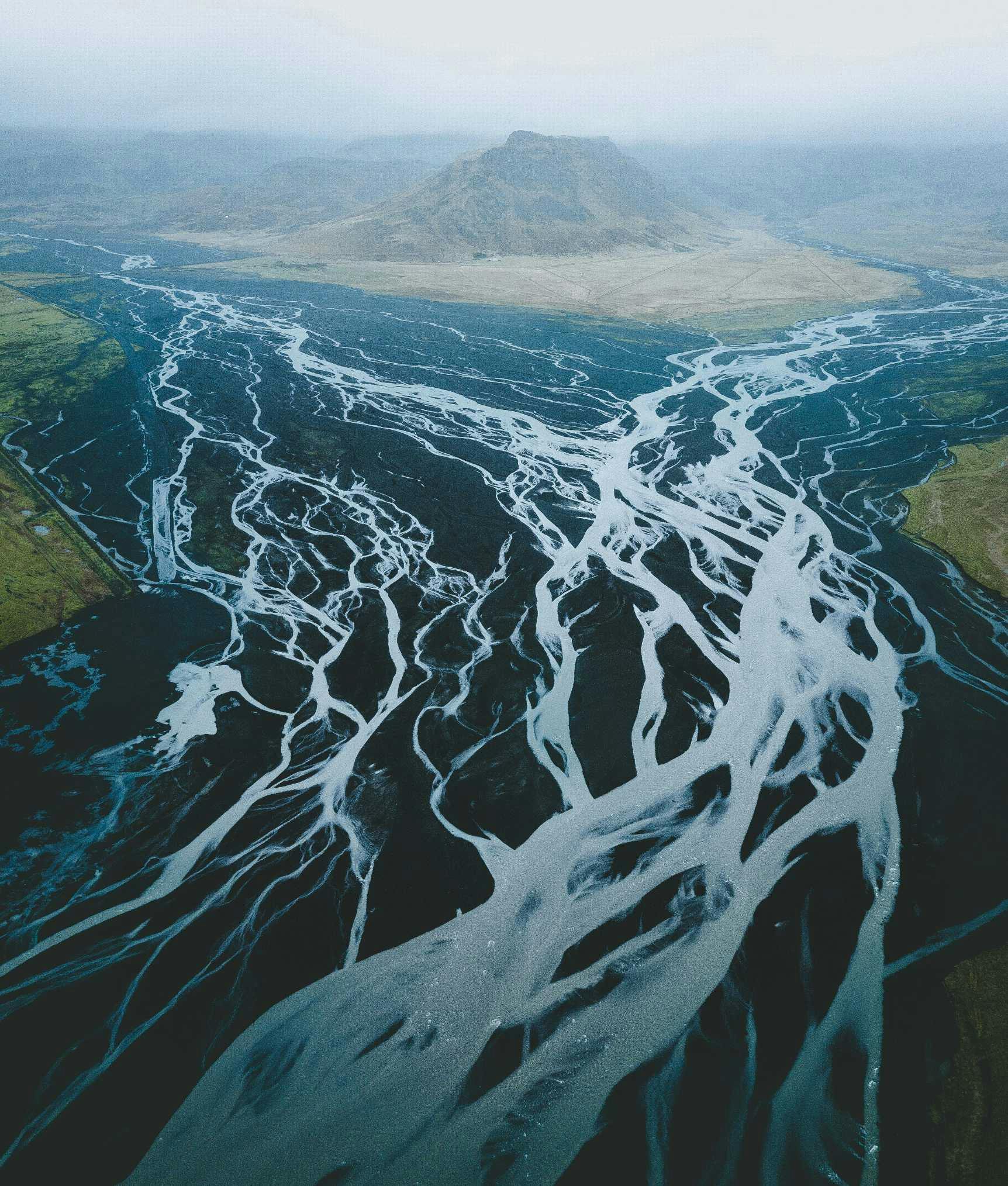
Winter and the Northern Lights
Long nights elevate aurora odds. Seek dark skies with minimal light pollution; icy air packed with microscopic ice crystals amplifies colour bands. Patience and a thermos of cocoa pay off.

Golden Circle Essentials
Þingvellir, Geysir, and Gullfoss headline the golden circle—a 300 km sampler of tectonic rifts, erupting hot-water columns, and thundering falls.
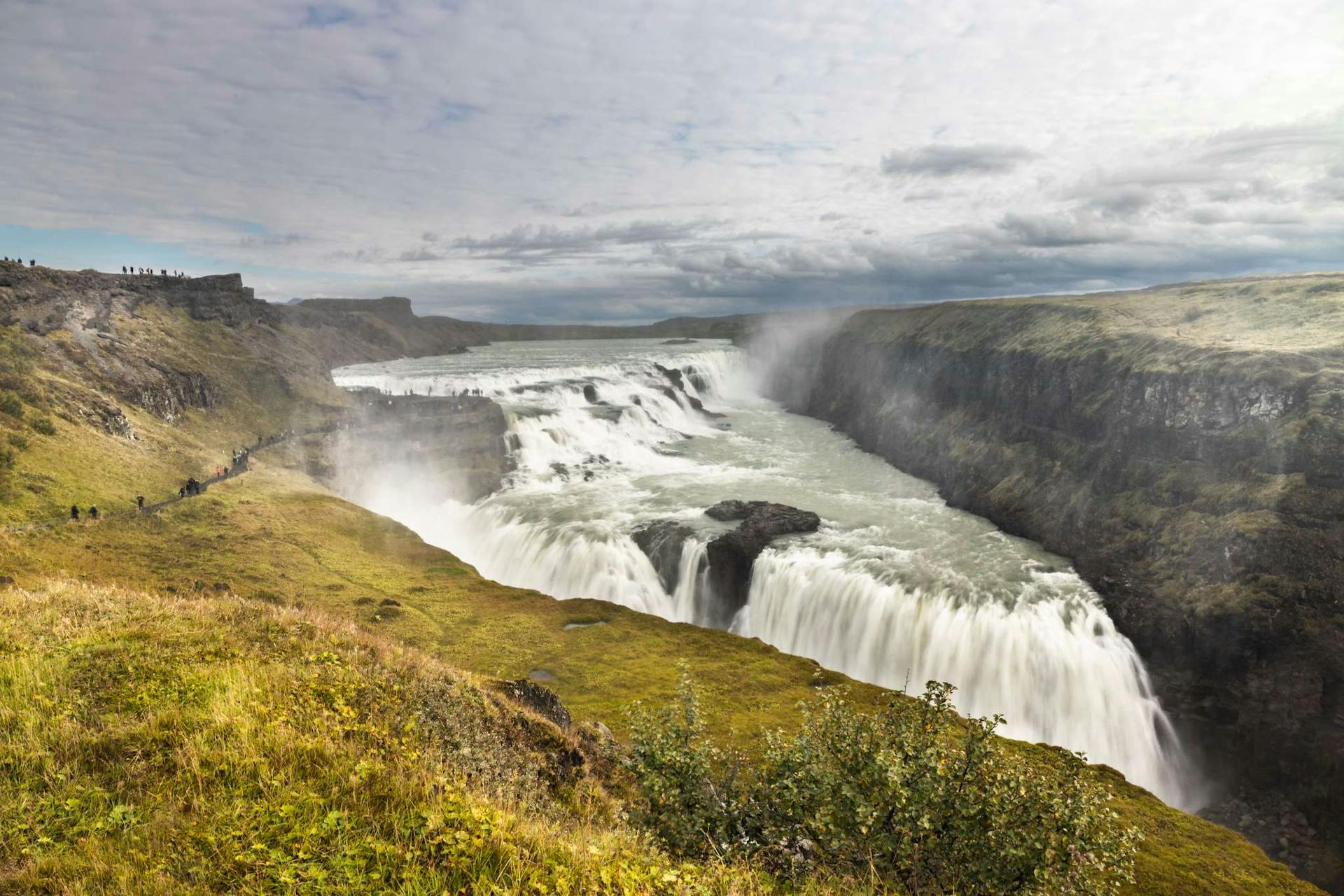
Golden Circle in Depth
Snorkel the Silfra fissure, wander lava fissures, and soak in Laugarvatn’s geothermal pools for a fuller golden circle experience beyond the tour-bus windows.
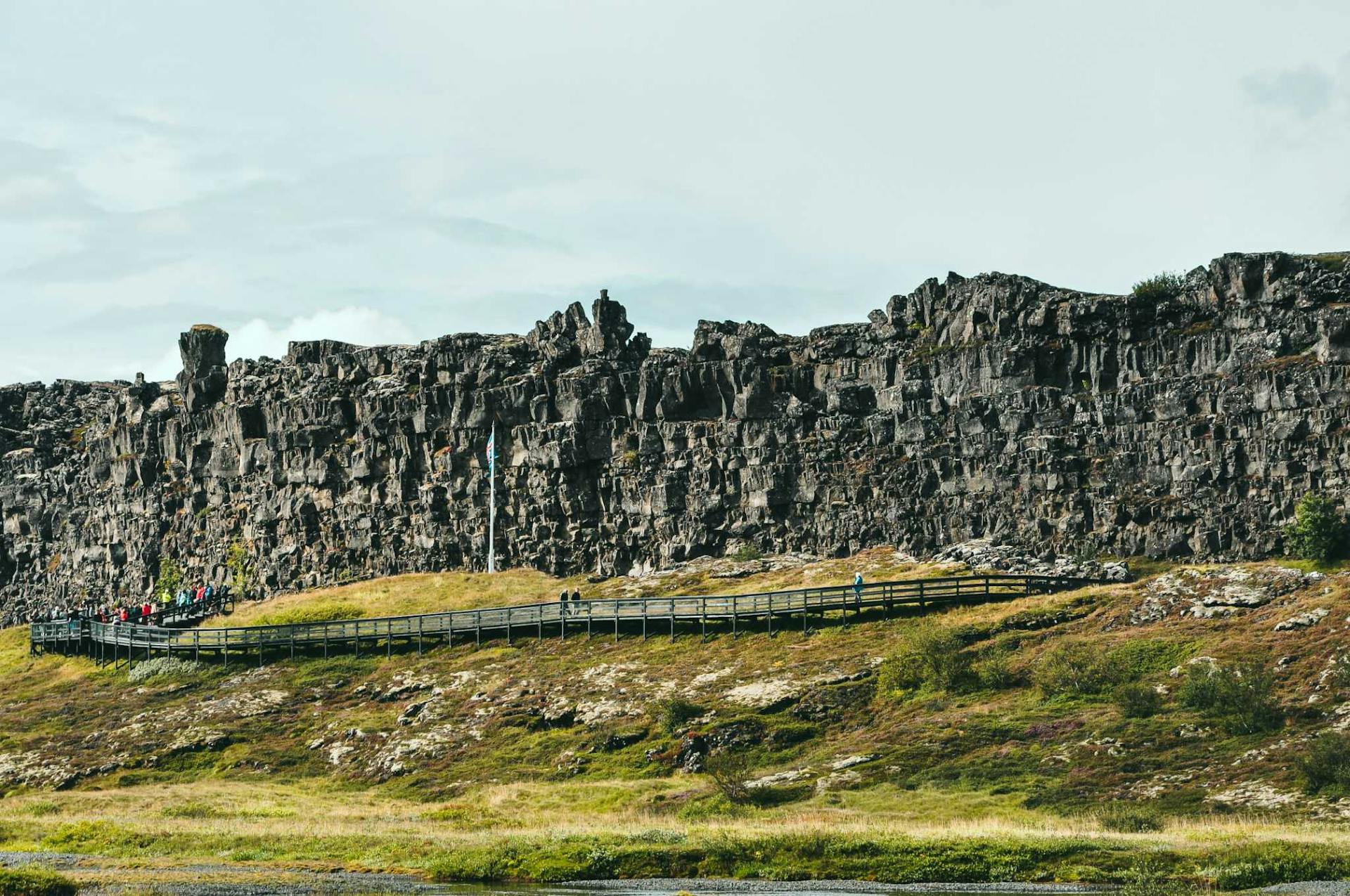
Sky Lagoon vs Blue Lagoon
The hip oceanside Sky Lagoon rivals the legendary Blue Lagoon for steamy bliss. Combine both to compare silica-rich milky blue water with turf-house chic.
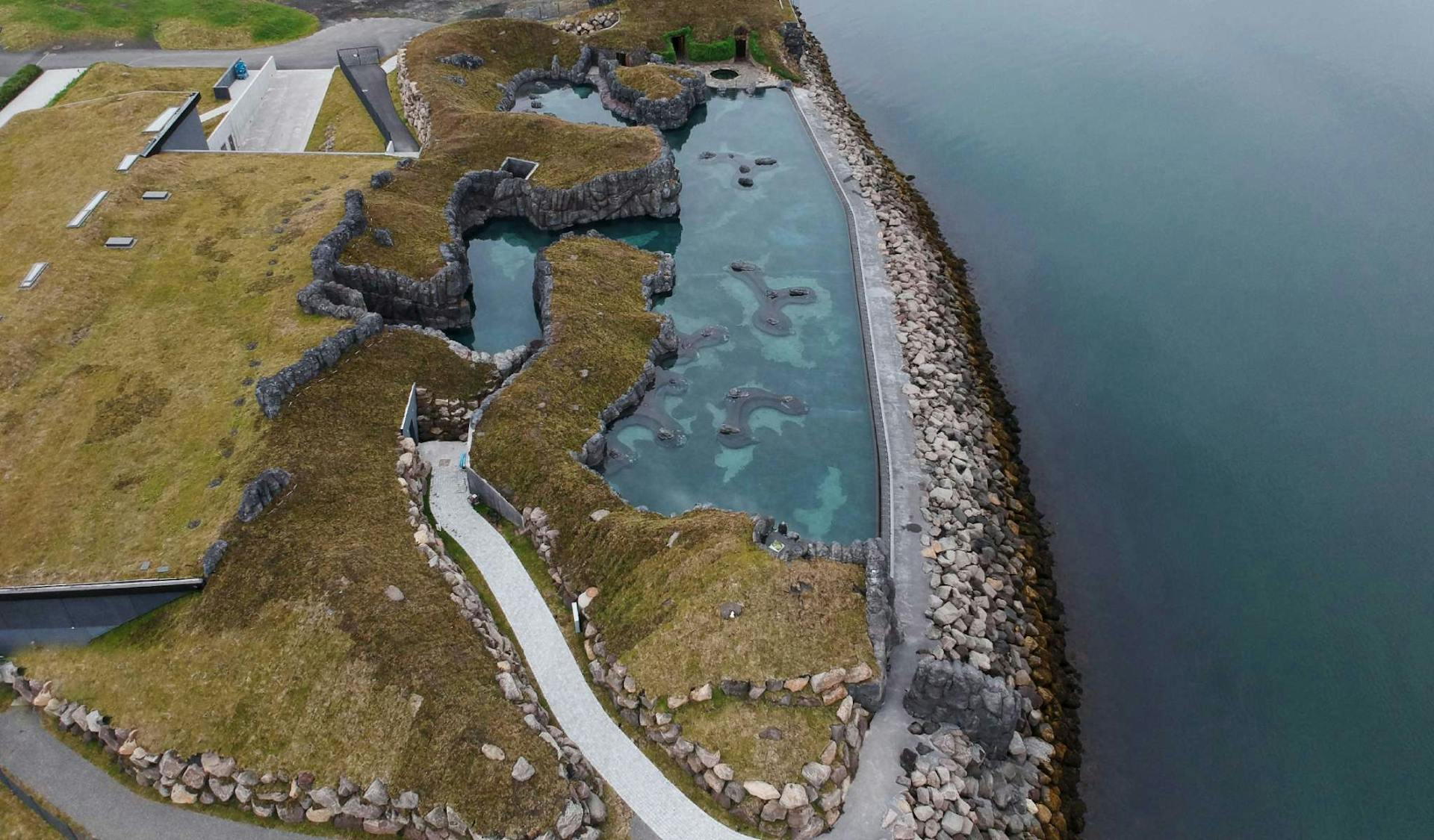
How Many Blue Lagoons Does Iceland Have?
Only one carries the brand, yet the Reykjanes Peninsula hosts several azure basins. If you explore Iceland off-peak, locals may reveal quieter cousins of the Blue Lagoon.

South Coast at a Glance
The south coast fuses waterfalls, glacier tongues, and basalt sea stacks. Misty cliffs echo with seabirds as the Atlantic pounds ebony sands.

Stunning Waterfalls of South Iceland
Seljalandsfoss invites a behind-the-curtain stroll while nearby Skógafoss thunders into a rainbow-filled gorge. Both lie within south Iceland day drives.
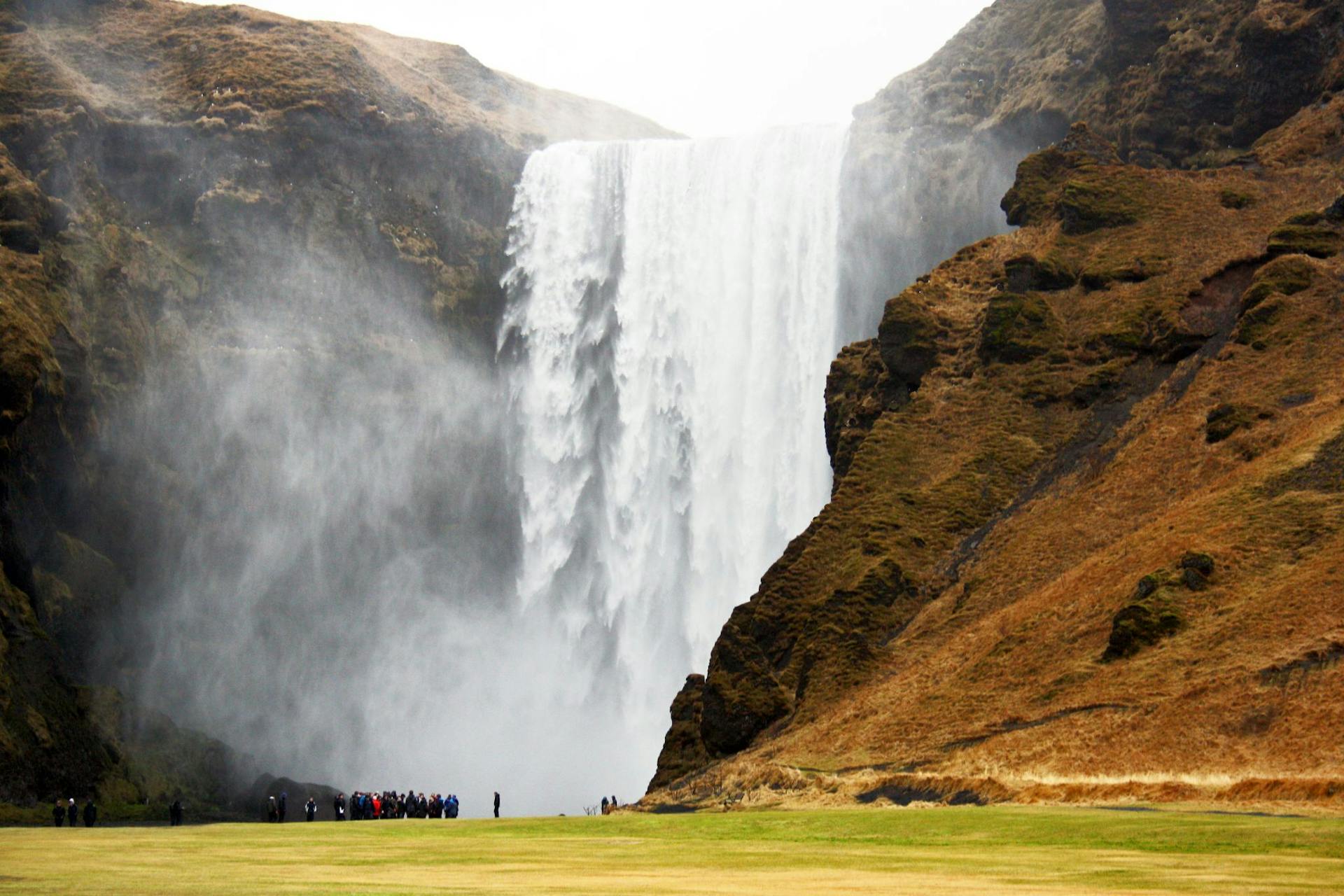
Black Sand Beaches and Coastal Cliffs
At Reynisfjara, obsidian grains meet towering coastal cliffs. Respect sneaker-wave warnings; that raw energy forms the island’s signature scene.

Jökulsárlón Glacier Lagoon
Chilled jewels drift on steel-grey water at Jökulsárlón glacier lagoon. Sunset ignites bergs like stained glass—an unforgettable anchor for any trip to Iceland.

Ice Caves: A Temporary Masterpiece
Guided tours into sapphire ice caves reveal swirling ceilings that vanish each spring. Safety gear and certified guides are mandatory.

Colorful Rhyolite Mountains
Landmannalaugar’s colorful rhyolite mountains glow orange, teal, and rose—proof the Highlands paint beyond monochrome.
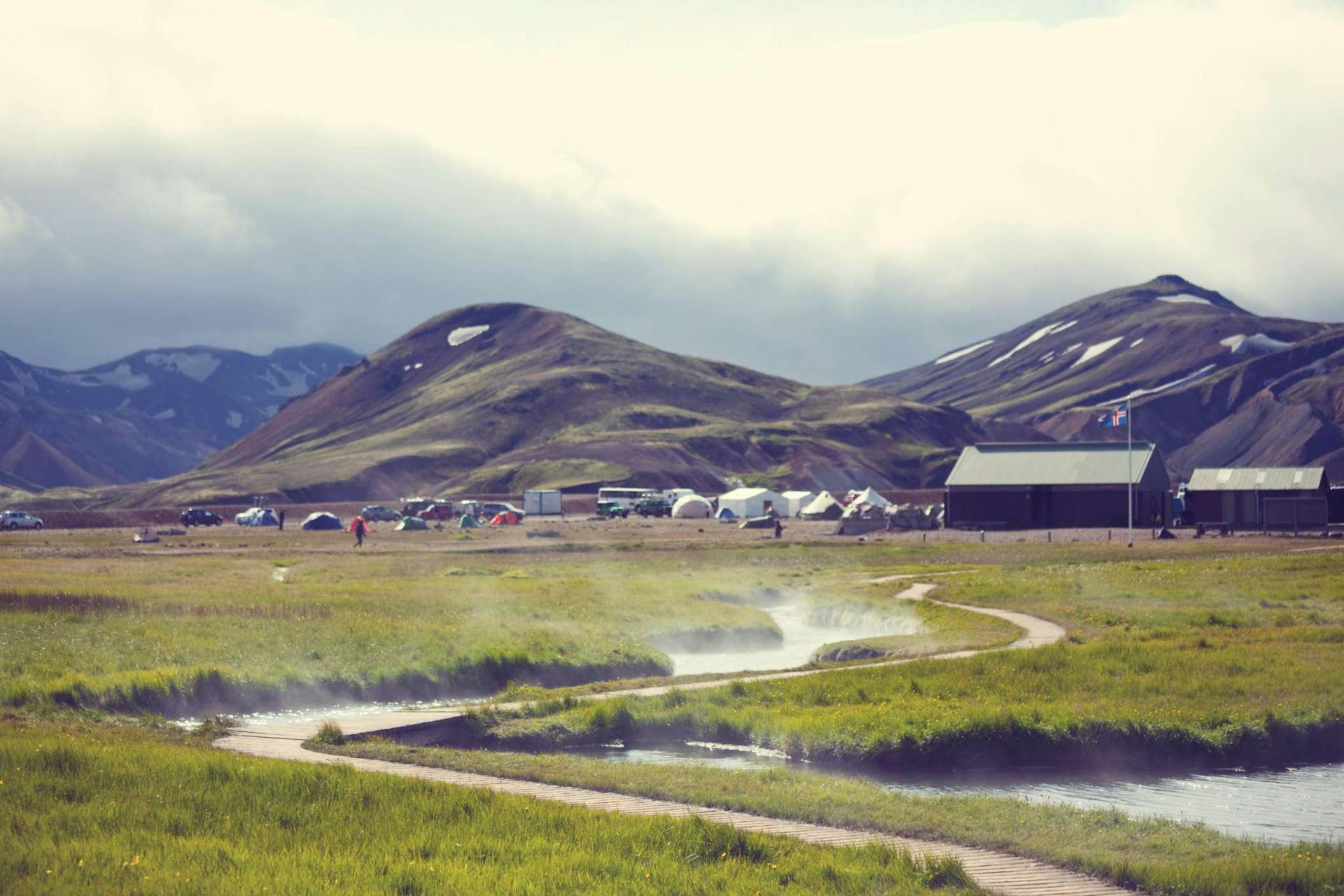
Remote Regions of the Highlands
F-roads cross river plains and moonscapes. Never drive off road; tyre scars can last decades. Stick to tracks and tread lightly in these remote regions.
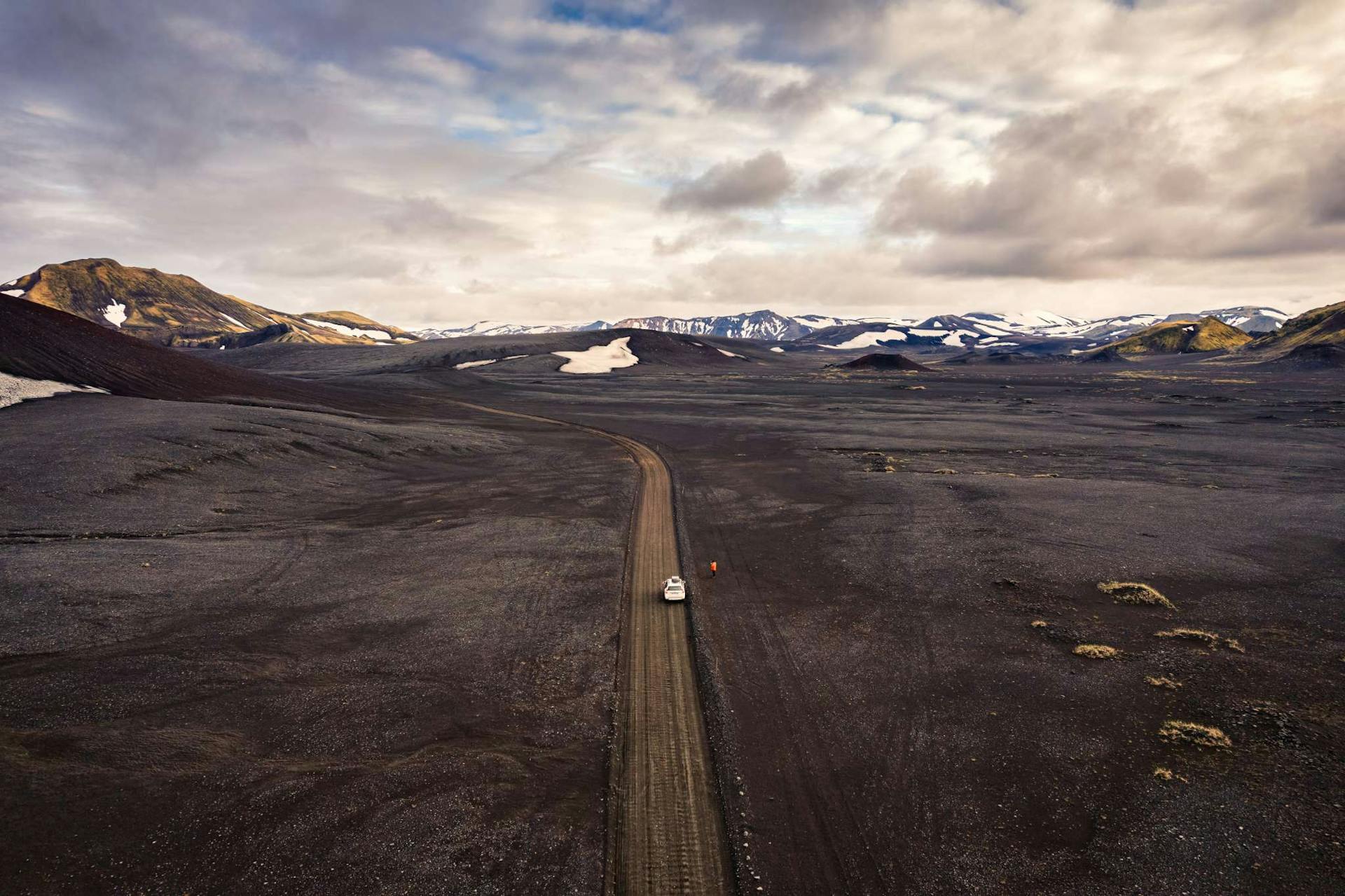
Ring Road Logistics
Iceland’s ring road circles 1 332 km. Allocate at least one week for relaxed travel; longer if you crave every detour. It remains drivable year round, though winter storms occasionally close passes.
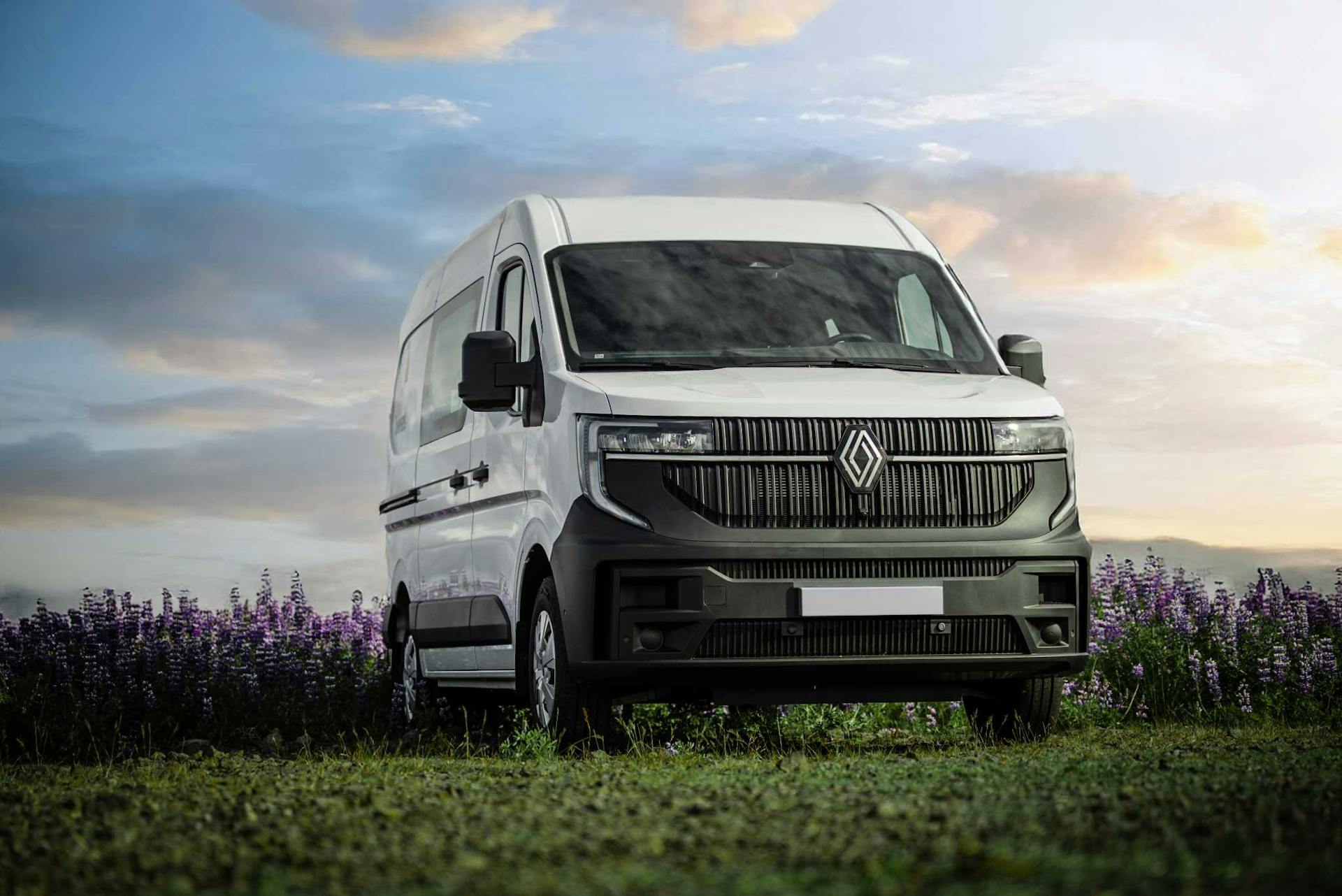
West Iceland Wonders
West Iceland blends gentle fjords, lava tubes, and Viking sagas. Fewer buses mean you’ll savour waterfalls in near solitude.
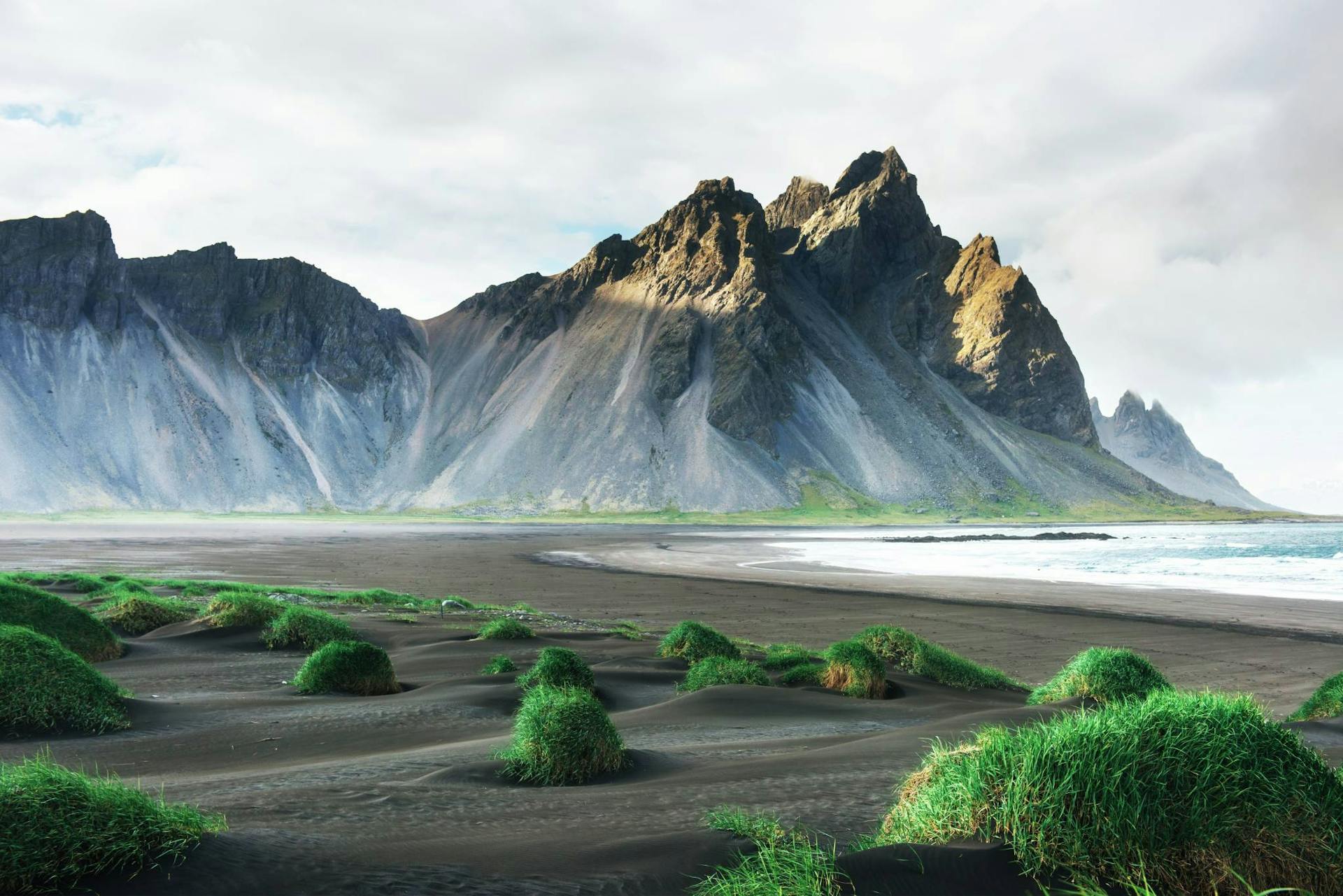
Kirkjufell—the Most Photographed Mountain
Kirkjufell earns its title as the most photographed mountain; frame its reflection from the twin falls across the road.
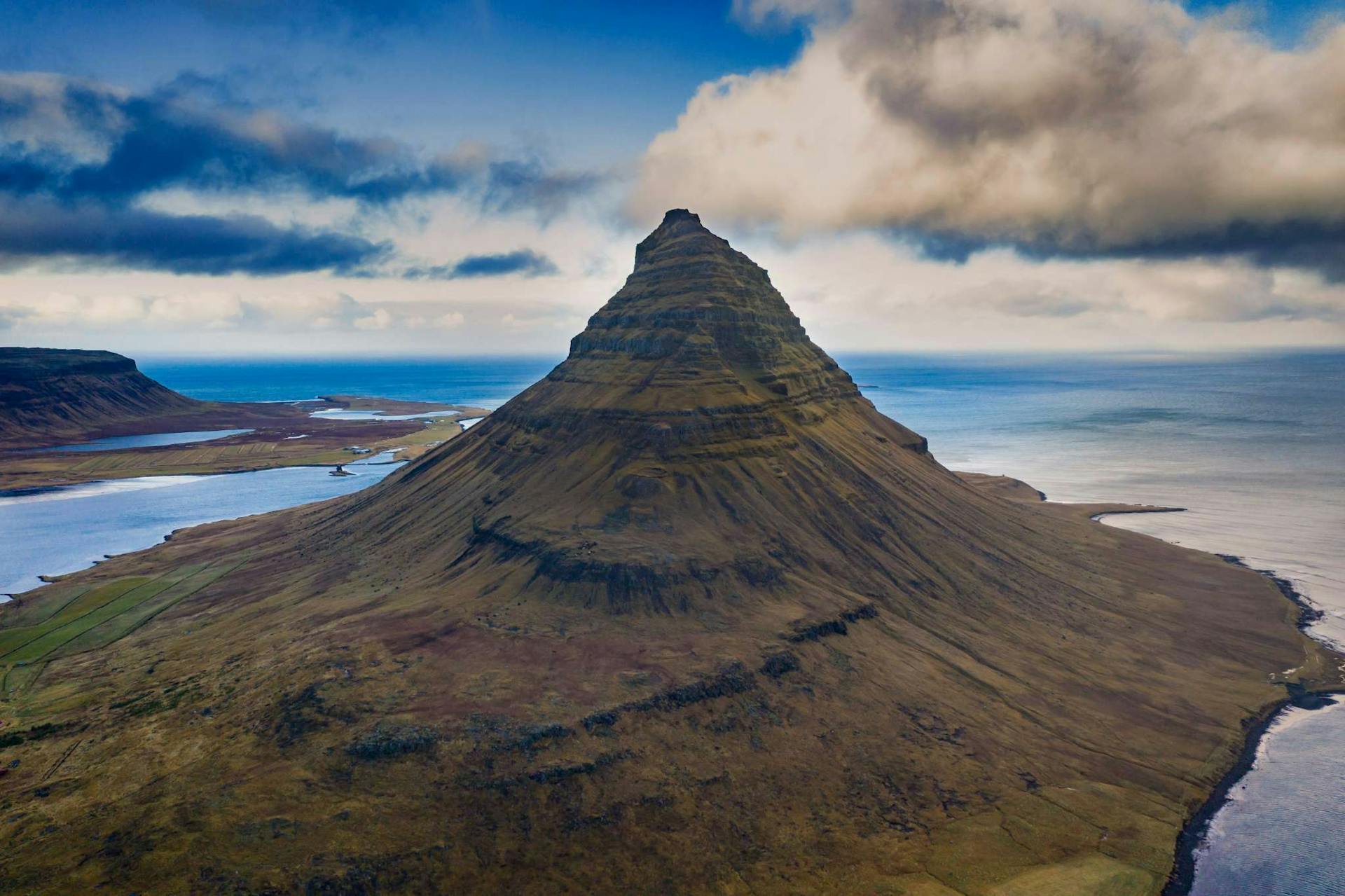
Dramatic Mountains and Lava Fields
Snæfellsnes pairs spiky ridges with vast lava fields, a yin-yang of fire-forged layers and verdant moss.
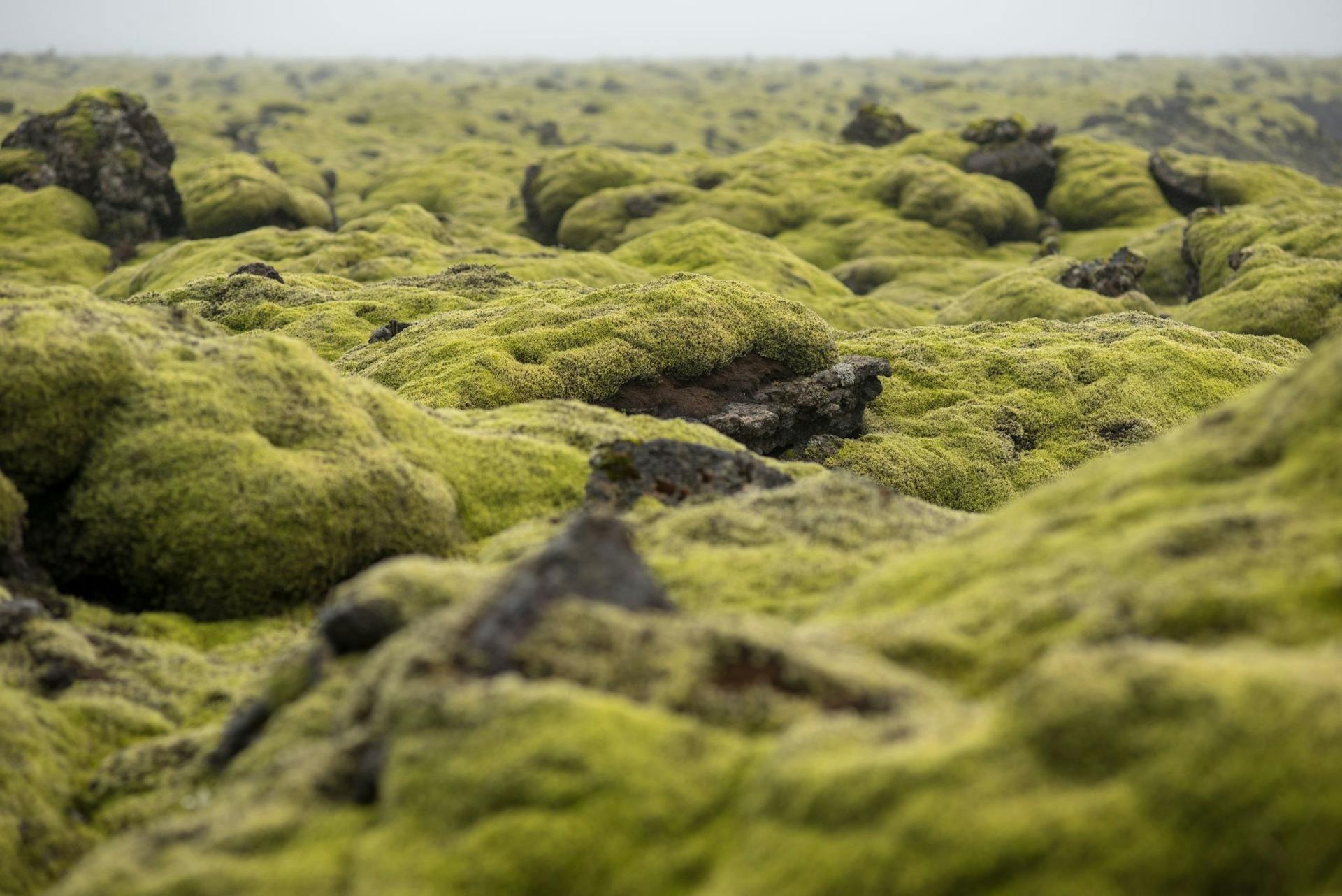
Volcanic Mountains and Recent Eruptions
Watch for alerts: Fagradalsfjall proved that fresh-minted volcanic mountains can appear overnight, rewriting maps in real time.
Hot Springs Across Southern Iceland
Hundreds of hot springs dot southern Iceland—from multicoloured pools to rustic farmer tubs. A sunset soak is pure therapy.

Geothermal Springs Up North
Húsavík’s oceanside spa blends Arctic views with steamy geothermal springs—the ideal post-whale watching indulgence.
Blue Lagoon Planning
Reserve the Blue Lagoon weeks ahead. Slots vanish quickly, especially during peak aurora season.
Why People Love the Blue Lagoon
Silica masks, swim-up bars, and 39 °C water keep the Blue Lagoon perennially on bucket lists, even in sleet.

Blue Lagoon After Dark
On winter nights you might float beneath rippling northern lights—the Blue Lagoon stays open late for that cinematic soak.
Multi Day Tours vs Self-Drive
Escorted multi day tours suit those wary of winter roads. A camper-based self drive trip empowers you to outrun storms and linger at hidden valleys.
Small Group Tour Advantages
A small group tour supplies storytelling, snow-tyre security, and camaraderie forged over coffee breaks along the golden circle.

Whale Watching Adventures
Peak whale watching stretches April-October. Minke and humpbacks breach close to shore, especially off West Iceland bays.
Horseback Riding on Unique Icelandic Horses
Try horseback riding a tölt-gaited stallion across soft volcanic sand—a timeless memory mid-road trip.
Day Trip Possibilities
Short on time? A day trip linking the golden circle and Blue Lagoon still delivers geysers, waterfalls, and geothermal bliss.
Google Maps Hacks
Pre-download terrain on Google Maps, mark fuel stops, and pin campsites before signal fades in fjords.
Drive Off Road? Absolutely Not
Fines for those who drive off road run steep. Stick to marked tracks; Iceland’s fragile soil is irreplaceable.

Weather Forecasts and Unpredictable Weather
The island’s microclimates make for unpredictable weather; trust local weather forecasts yet stay flexible.
Safety Tips for Winter Driving
Mount studded tyres, carry a shovel, and stash chocolate—basic safety tips that turn potential ordeals into stories later.

Light Pollution Etiquette for Aurora Hunters
Dim interior lights, park respectfully, and let others savour the sky without glare.
Northern Lights Photography Tricks
Mount a tripod, set ISO 1600, five-second exposure, and capture shimmering northern lights ribbons without star trails.
Wild Camp Rules
Yes, you can wild camp in limited zones, but always use toilets, pack out trash, and never trample moss.

State-Run Liquor Stores Explained
Alcohol is sold only at Vínbúðin—the state run liquor stores. Stock up before remote stretches.
Nice Meal Stops on the Ring Road
In Akureyri, cafés plate Arctic char so fresh it still glistens—a welcome nice meal after hours of driving.
Year-Round Swimming Culture
Community pools welcome travellers year round, offering hot tubs, saunas, and showers for a modest fee.
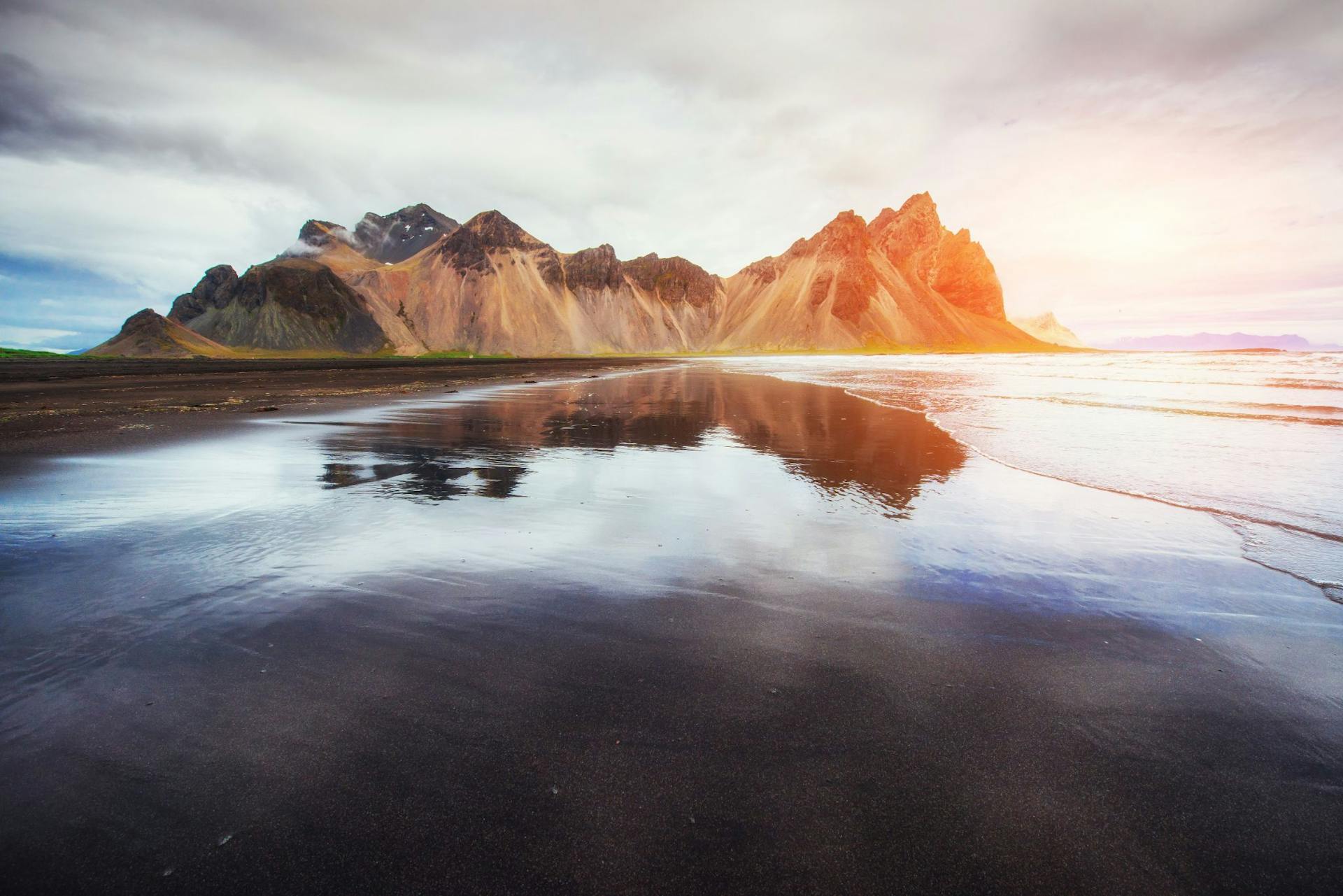
Off-Season Advantages
During the off season hotels discount rates, the Blue Lagoon quietens, and roads feel empty—though daylight shrinks.
Midnight Sun Camping
Under the midnight sun you can photograph sunset and sunrise back-to-back without moving the tripod.
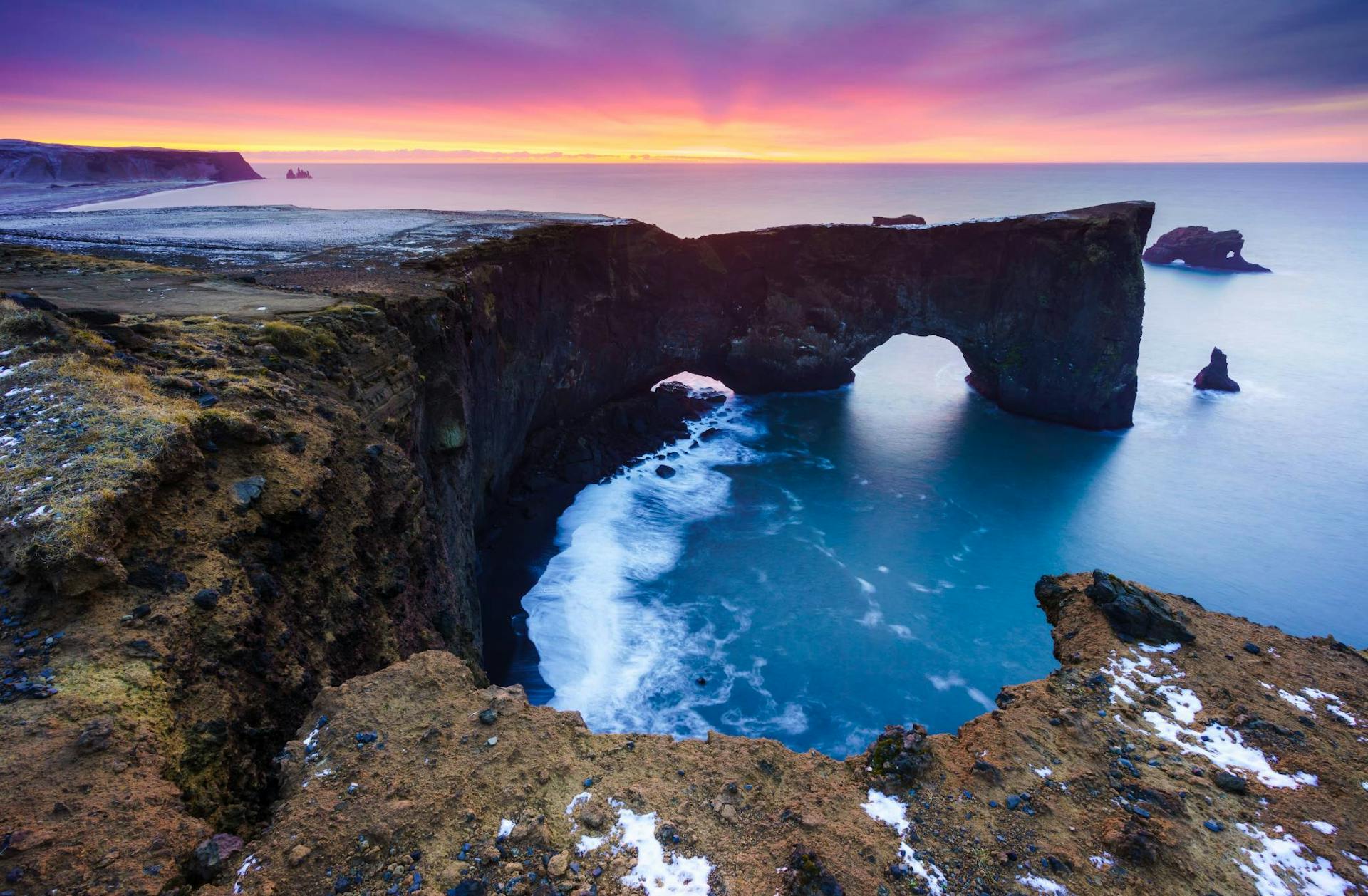
Hidden Gems Worth a Detour
Seal-filled coves, turf-roof farms, and geothermal rivers rank among hidden gems absent from brochures.
Planning One Week on the Ring Road
Structure six drive days plus a buffer; sprinkle photo stops to keep the road trip relaxed and rewarding.
Major Destinations vs Natural Attractions
Museums enrich context, yet Iceland’s raw natural attractions—glacier lagoons, black sand beaches, fiery craters—steal the show.
Budgeting for Fuel, Food, Fun
Cook van meals, refill water at campsites, then treat yourself to one last Blue Lagoon massage before departure.

Building a Nordic Adventure Itinerary
Layer waterfalls, hot springs, and tailored multi day tours to sculpt a personal nordic adventure.
Final Verdict
In short, the ultimate way to explore this island is to pair a well-equipped camper from Iceland Campers with an open schedule and respect for nature. Let the weather, the road, and the lights overhead set the rhythm of your journey.
FAQ
How many days do you need for Iceland?
Seven to ten provide a comfortable ring road loop; add extra days for Highlands treks or glacier-guided ice caves.
What is the best way to see the most of Iceland?
A flexible campervan road trip lets you chase clear skies, soak in hot springs, and witness northern lights on your own timetable.
Is a cruise or land the best way to see Iceland?
Cruises skim harbours; land travel unveils interior deserts, geothermal pools, and remote waterfalls unreachable by ship.
Is it better to do tours or drive in Iceland?
Confident drivers thrive on independence, while travellers seeking structure may favour multi day tours or a small group tour with local guides.
